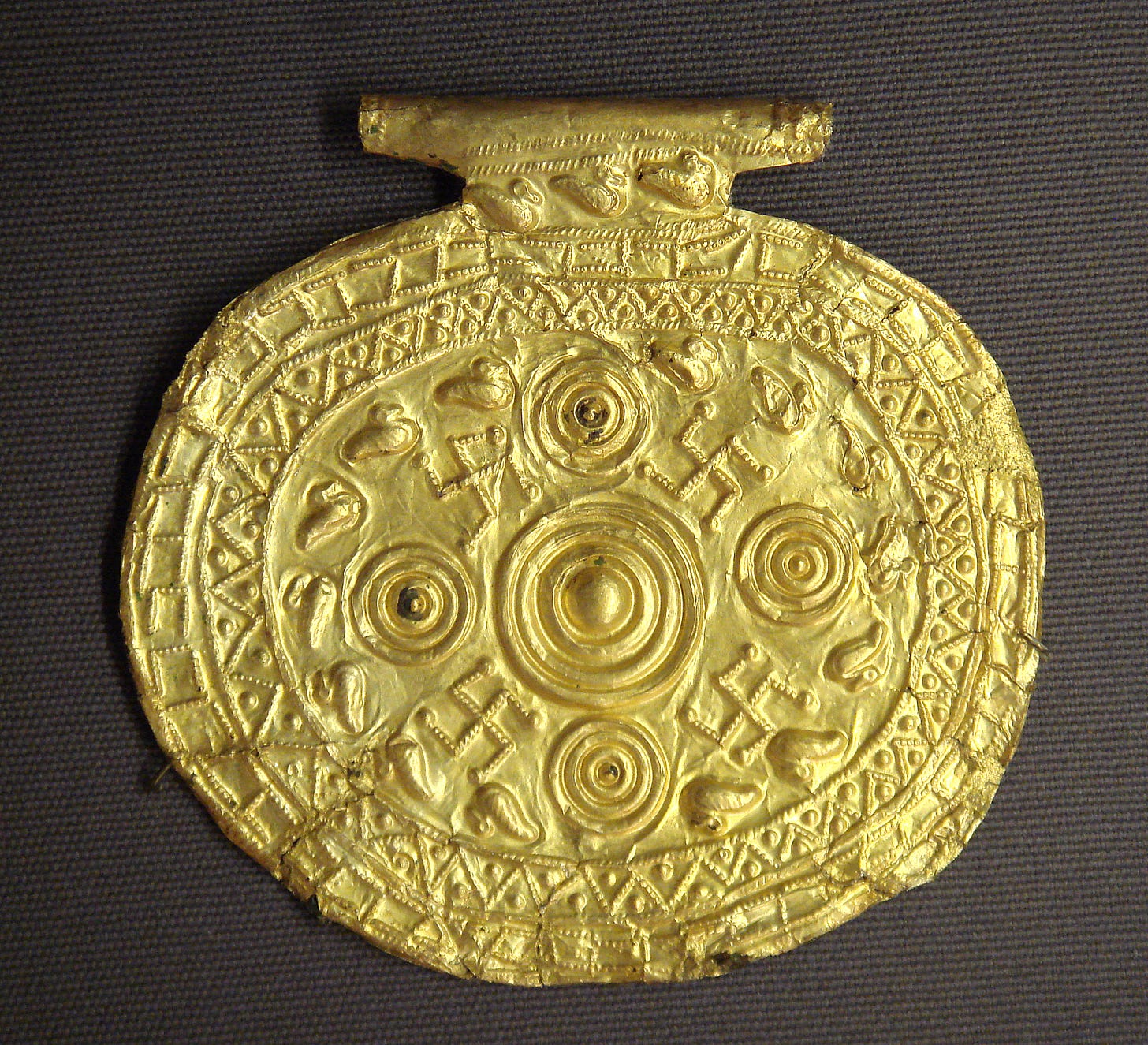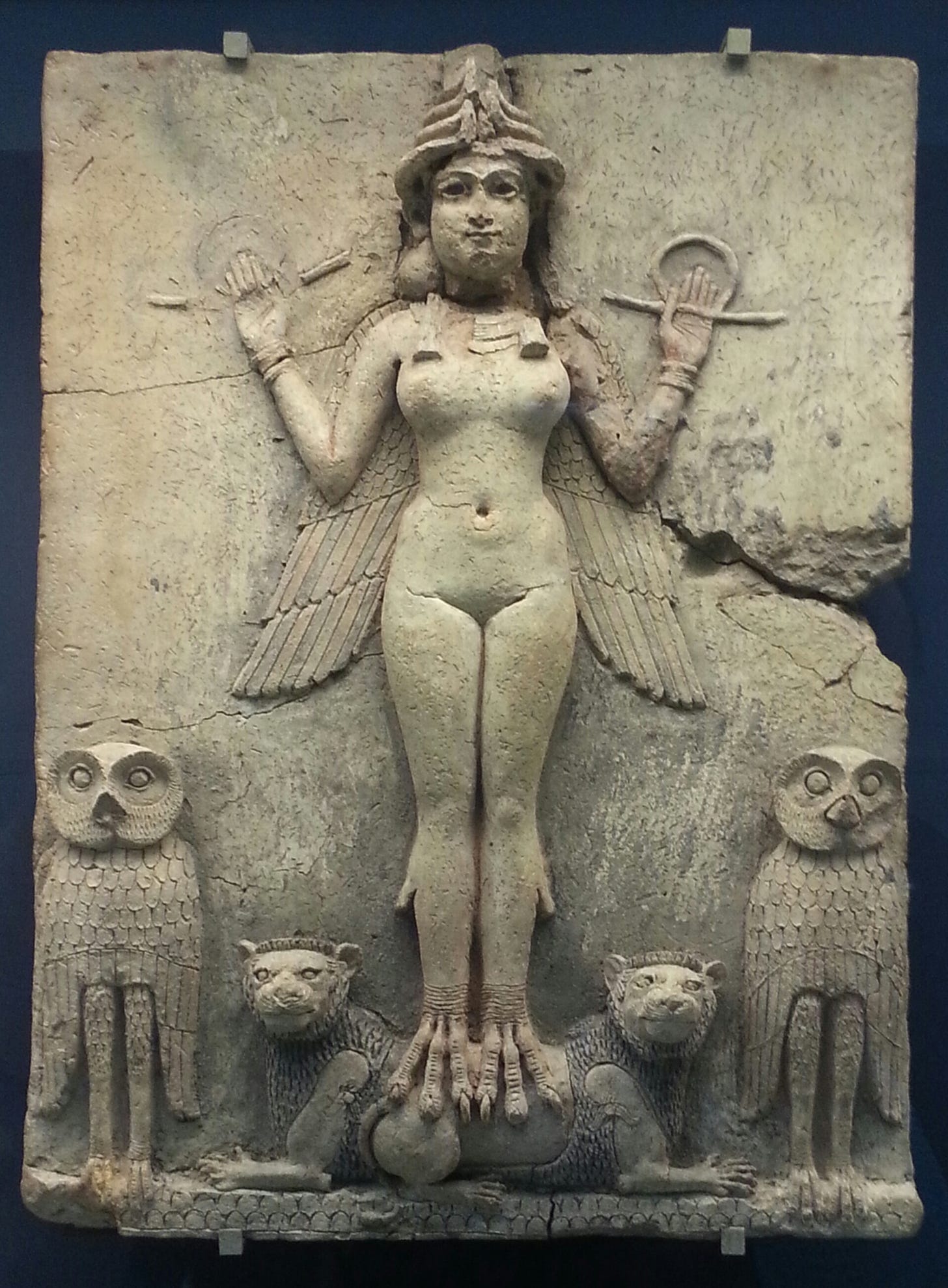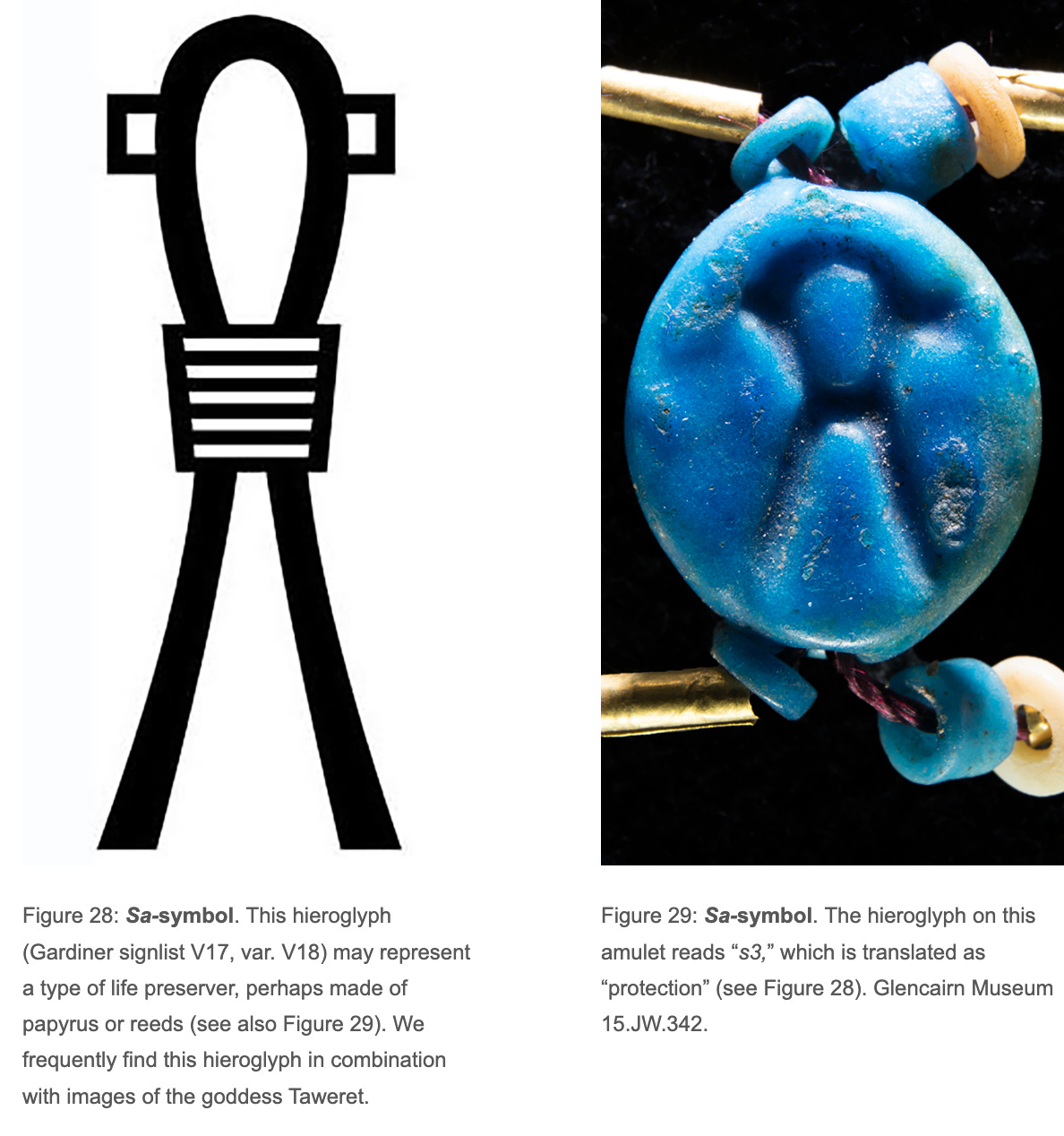Fresh Batch #136: Our Lady of Sicily & Carthage
Tanit, Sardus, the Ankh & Ansated Cone, Celtic Solar Rouelle, Monogram of Christ, and the Seed of Life
Sicily is probably the most important location as a hub for the ancient maritime empire. It is situated where the Tyrrhenian, Ionian, and Mediterranean Seas merge. By the time you finish this article, you’ll have a better understanding of why so many powerful people lived there.
There are Phoenician, Etruscan, Greek, Carthaginian, and Roman influences in this location, making it one of the few places where every major empire of the ancient world can be studied.
The same detail that makes Sicily great for studying the real universal empire is also the same detail that blends their systems and makes it difficult to determine where one culture ends and the other begins. I’ll provide evidence that they diffused so much that the systems don’t break with the changing of the guard so to speak, meaning we may be looking at the evolution of one empire taking various forms.
We see this in language, religion, mythology, and other customs. Hecate Triformis and Diana are the feminine triplicity of the sky, earth, and underworld, but also signify the moon. She is worth noticing because of the affinity she has with the Phoenician Tanit.

Some of the following artifacts date back to the 3rd and 4th century BC, but they don’t have inscriptions. Their identities and significations must be presumed. I thought it interesting that another name for this archetype was Trivia. This is the root for trivial, meaning unimportant facts, but the word undergoes no change in the English context, meaning facts that are not well-known.





These goddess archetypes may be related to two others I’m sure you’re familiar with if you’ve read Spirit Whirled.
According to d’Alviella (Mig. Sym. p. 180.), “In Egypt the Chrism was combined with the Key of Life through a whole series of modifications which have been found in inscriptions on the island of Philæ dating from the first Christians of Nubia, who were anxious to make the sacred sign of their new faith correspond with the principal emblem of their former religion.”
The ansated cones, which were used to signify the goddess Tanit, appear to correspond to the ankh. They are replete in Carthage and Sicily.
The hand, or palm, found on the stele of Tanit looks to be emulated in India by the Jains, along with the gammadion. Both symbols are found in the Mediterranean long before they show up in India, which indicates they are of Etrusco-Phoenician origin.
The following is an Etruscan pendant from Bolsena dated to 700-650 BC. Notice the use of the gammadion.
Next is a coin-like pendant that’s claimed to be the oldest inscription of Odin, also using the gammadion, but dated to 500 AD, over a millennium later.
These are examples of cultural diffusion or archaeological forgery. The symbolism and alphabets used by these cultures are too intricate and intertwined to be coincidence. Were the dates reversed, I’d suggest the cultural diffusion originates in Scandinavia and that the Etruscans are descended from the Northern Europeans. But this is not the case. The system originates in Etruria, proving that the Northern Europeans came from Italy. If there be no genetic link between the cultures, then it is strictly a result of Italian migration and conquest, not of migration or conquest into Italy.
The use of the gammadion is abundant in Etruria. This is an Etruscan terracotta barrel-shaped oinochoe dated to 725–700 BC, from Vulci, one of the most dominant centers of pottery, bronze-work, sculpture, and other specialties in the ancient world, not noticed by one Roman or Greek writer beyond geographical accounts. Why do you suppose that is?


The arms of the ansated cones are sometimes depicted in a similar posture as that of Inanna and Astarte.
There may be a Celtic connection, and subsequently more evidence that the Celts descended from the Etrusco-Phoenicians. Astar means journey in Irish, while te signifies a person, but also warm.
Astarte may have been a symbol used by the navigators to signify a person on a journey, a journey to a warm region, or the hot journey of the sun that provides warmth to the earth based on its declination. This is conjecture, not something I’d make a claim on yet, but almost everything that remains of the Etrusco-Phoenician languages can be tested with success using the Celtic languages. William Betham was correct in this regard, as was Stiernhelm when he wrote the Etruscan, Phrygian, and Celtic languages are all related; derived from one source. This cannot be done with the other so-called Semitic or Near Eastern languages and the ancient Etrusco-Phoenician ones. Without inscriptions to prove otherwise, these archetypes may all be depictions of Tanit.
The archetypes and symbols are claimed to be Semitic by some scholars, but the Phoenicians aren’t Semites. Neither is their language, although some claimed it to be. We are left with two options: 1) these symbols and monuments have nothing to do with the Orient or 2) these symbols and monuments weren’t Phoenician. Tanit was written as TNT in Punic: 𐤕𐤍𐤕. The crown on her head is similar to what is seen on Hecate Trisformis and Diana.


It may be anecdotal, but the pawn chess piece looks just like this symbol.
The following is in Sicily, from Selinunte Archaeological Park. Even though there are Phoenician symbols used, the text is clearly Greek. It reads Mariaerys Agatha, with Agatha meaning Good or Honorable, but I have no idea what the first name is or who it belonged to. It looks like a compound of Maria and an accidental transposition of Eros or Iris, which is essentially Irish. It’s fun to think about the possibility of the Good Irish Maria, or the Good Irish Seas, but I don’t think this is the case. It may be a Greek transliteration of something older because maria lends itself to Latin and Phoenician, signifying the seas. It’s possible that a portion of that mural is forgery, if not all of it.



The site was not that far from the Phoenician Motya, which we covered recently. It has sophisticated drainage or water collection and advanced temples that appear to be Greek because Etruscan ones were not this large.









Emperor Trajan was buried in Selinunte. The following is his mausoleum.
Some claim the symbol at the top of this stela signifies the moon, but it looks like an eye to me, an Iris, which could make it the precursor to the Eye of Providence. It also looks like the Teth in Etruscan, and I’ve covered this relationship with Thoth, Teut, Tot, etc. Or, it may be exactly as claimed: the moon.
The next stela was found in Carthage, whose language was Sicilian-Phoenician, and I’ll forever harp on this because the status quo is concealing ancient Italian history, and subsequently the history of Europe and Britain.
Next is a gravestone shaped like the ansated cone, also from Carthage. Click here to link to the source. The symbol within it looks like the basis of a bishop’s mitre, but that is speculation on my part.


There is diffusion with Egypt, but the question of its origin remains.



The writing on the next stela is more akin to Etruscan and Numidian, what lay people call Berber.
The next one contains the seed of life. It is Carthaginian, not Greek. Beneath it appears to be a crescent moon and a symbol for Tanit. I can’t be sure what type of leaf is on the side, or if it is a leaf and not a spear-tip or feather. At the bottom is an animal that looks like a horse next to another seed of life, but it might be a bull or lion.
Some think the ansated cone is a Phoenician interpretation of the Sa symbol, signifying protection and associated with Taweret, who is the Queen of Heaven. If true, it syncretizes the system. Tanit and Taweret might be the same word and differ only through the process of transposition.
The ansated cone being a symbol of protection would sync up with the Celtic etymology of Astarte, her name, archetype, and symbol signifying the protection of those on a journey, which would be used by navigators like the Carthaginians. It may be evidence that the symbolism was used in the Etrusco-Phoenician maritime empire before it was adopted by the Egyptians. Evidence of this symbol’s use in Egypt is scarce, while it is abundant in Carthage and Sicily. The Egyptian Sa looks like the Othala rune, which signifies O, as well as the fish symbol Christians used under the acrostic name Ichthys. There is, however, no substantial evidence they are the same symbols or that they are connected.


The following, also from Carthage, is a depicted figure who is reminiscent of a Jesuit. All of the symbols used by the maritime empire are present.



And what would Carthage be without the Phoenician-Venetian masks displaying the Sardonic smile? The sardonic smile is allegedly derived from the grimace a person made as he was poisoned to death from a hemlock concoction that grew exclusively in Sardegna.
Returning to Sicily, this amphitheater is probably Greek, and, in addition to serving as a temple, was where history’s first actors dramatized the cosmos. They were the priests, known as hypocrites.
It appears Selinunte, Latinized as Selinus, is a derivation of the word celery. This is important because there are symbols tying it all together. I’ll give you a clue. The following is a coin from Selinunte, Sicily. Is the celery leaf an occulted lion?
There is way too much bombshell and controversial information in this Fresh Batch, so I’ll save it for those who fund the research. For everyone else, catch up by diving into Spirit Whirled, that way nothing on the other side will surprise you.






Become a member to access the rest of this article.
Keep reading with a 7-day free trial
Subscribe to Ancient History, Mythology, & Epic Fantasy to keep reading this post and get 7 days of free access to the full post archives.





























